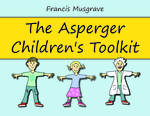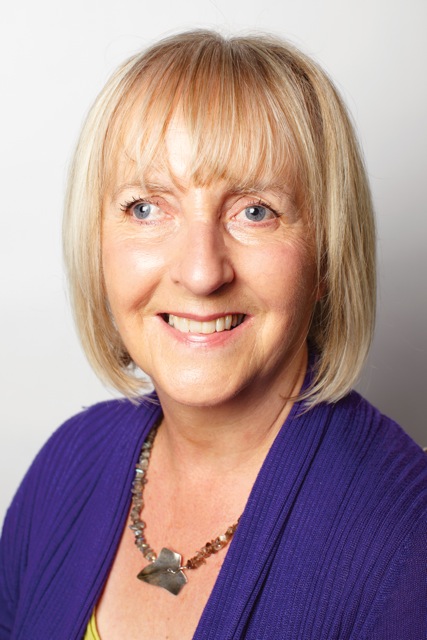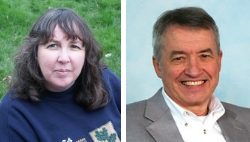Psychodrama and constellation work remind us of the value of groups
“Connection is not based on identification with others’ experiences or reciprocal sharing but rather on, assisting others and being assisted by others in the search for answers. We might even say that systemic constellation work is not really a group therapy but rather a therapeutic group experience.”









